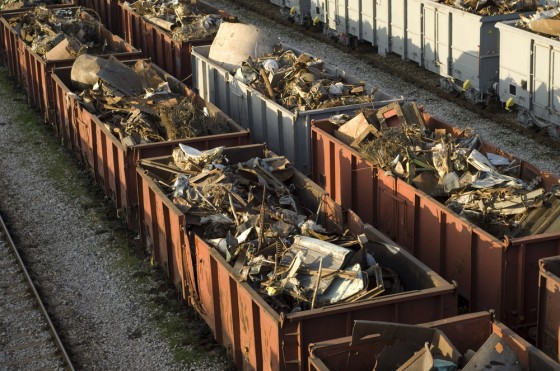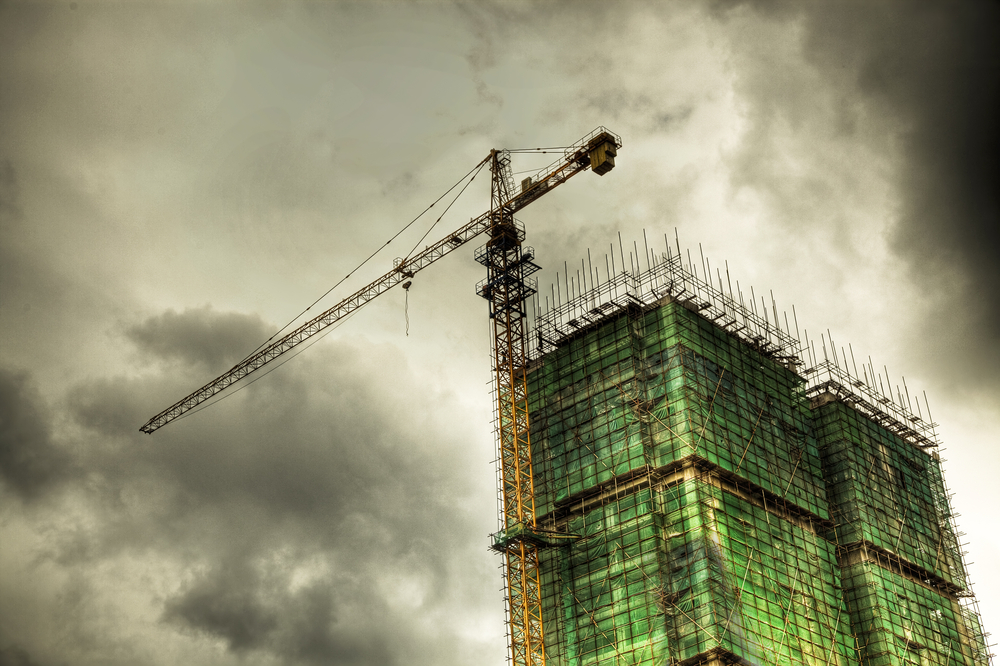
Since the beginning of May, anti-pollution activism has been directed against several industrial projects in Chengdu, Kunming and Shanghai, China. The level of opposition has prompted street demonstrations and varying levels of response by local authorities.
While foreign companies have not been involved in the latest examples of environmental activism, past incidents have targeted foreign companies. The latest incidents underscore the importance of early and effective two-way communication with local communities before undertaking a new industrial project.
In May, residents opposing two major industrial projects in Chengdu and Kunming stepped up their anti-pollution activism by holding protests on May 4 and May 16. Authorities in the city were also concerned that protests could occur during the opening of the China-South Asia Expo, which took place in the city June 6-10.
On May 4, media reports indicated that hundreds of protesters converged at Nan Ping Plaza in Kunming’s city center to protest plans to construct a paraxylene (PX) plant at an industrial zone in Anning city, approximately 45 kilometers southwest of Kunming.
Also on May 4, local authorities in Chengdu reportedly increased security in the city’s downtown Tianfu Plaza to prevent anti-pollution activists from holding protests over a major refinery and petrochemical facility local authorities have been planning to construct in nearby Pengzhou. According to the South China Morning Post, the increased police presence effectively deterred protesters from holding a rally.
Meanwhile, in Shanghai’s Songjiang district, local residents also held a demonstration outside the main district government office on May 1 in opposition to a previously planned battery factory at a local industrial park. The company behind the project has since cancelled its plans, ending local opposition.
Growing Environmental Activism
These latest anti-pollution protests highlight an ongoing trend of local communities exposing potential pollution issues to environmental authorities. The scale of pollution in China, especially in major industrial areas, is a huge challenge for China’s leadership.
State media reported this week that Ministry of Environmental Protection statistics from last year revealed that 58% of underground water at the ministry’s monitoring sites around the country had been categorized as polluted or extremely polluted. The statistics also revealed that 298 million rural residents do not have access to safe drinking water. Activism and calls for greater efforts to clean up decades of pollution caused by China’s rapid industrial growth have mounted in recent months, accompanied by China’s new leadership transition.
Environmental authorities have tried to respond, but the extent of the problem will likely require years to make substantial progress in cleaning up the environment. In May, environmental authorities reported that they punished 15 factories for air and water pollution violations in the first quarter of this year. Given the scale of the problem, this number appears relatively low.
The Role of Social Media and Street Protests
The increased awareness and activism, especially in urban and suburban areas, combined with the limits of enforcement, have given rise to local communities resorting to social media to expose concerns about pollution. In some cases, local opposition has escalated to street protests if local governments are perceived as slow to respond.
In May, local media reported that environmental authorities would investigate suspected water pollution at the Dabai Bay Industrial Zone in Shanghai’s Pudong New District. The posting of pictures online that showed blue sewage water discharged into a local river reportedly prompted local authorities to take action.
Recent protests, including some that have turned violent, have prompted local governments to suspend or cancel certain projects. The latest protests, especially against a major battery factory planned for construction in Shanghai’s Songjiang Industrial Park, have highlighted concerns about the transparency of the environmental impact assessment (EIA) process and the input of local communities. According to media reports, local authorities have decided that the planned production site of the battery factory would not engage in chemical processes which can produce pollution. Instead, the project originally planned to focus on lithium cell production and battery assembly.
Although local protests have resulted in the suspension of some major projects, the importance of local GDP growth and the development of industry present challenges to local governments. The importance of the battery factory to the development of Songjiang’s auto industry prompted the local government to initially try to strike a balance between economic development and pollution concerns. According to a local resident, authorities placed notices within at least one residential community in the district to inform them of the government’s latest decision about the project. This could be an indication that the local government understood the need for greater communication with the public. It may have also been an attempt to counter a relatively well-organized online opposition campaign created by residents concerned about their health and the potential for declining property values.
Proactive Risk Mitigation
Although foreign companies typically operate at a high standard of environmental protection, the communications and community involvement aspects of an industrial project will likely become increasingly important. As residential communities and industrial areas expand and encroach on each other in suburban areas of major cities, local residents’ environmental concerns will continue to rise.
Foreign companies can encourage local governments and industrial parks to ensure the transparency of the EIA process is upheld on their project and that extensive two-way dialogue is conducted with local residents. Foreign companies should also emphasize clean technologies and other processes used to treat waste. Using similar projects in other parts of the world as examples of the high standard of their operations can also be an effective component of a campaign. Management should also be prepared for some residents to demand compensation during the community relations process.
Lastly, companies should develop contingency plans in the event that an accident occurs after a project has started operation. Plans to address this type of contingency should include increased security measures as part of a response due to the potential for strong local reactions, including protests directed against the project.



